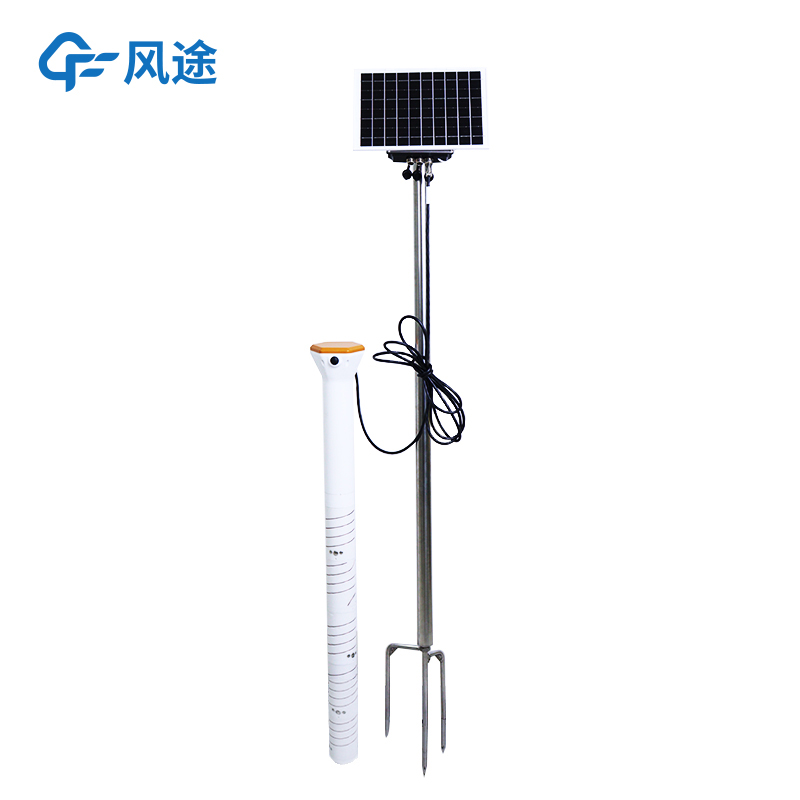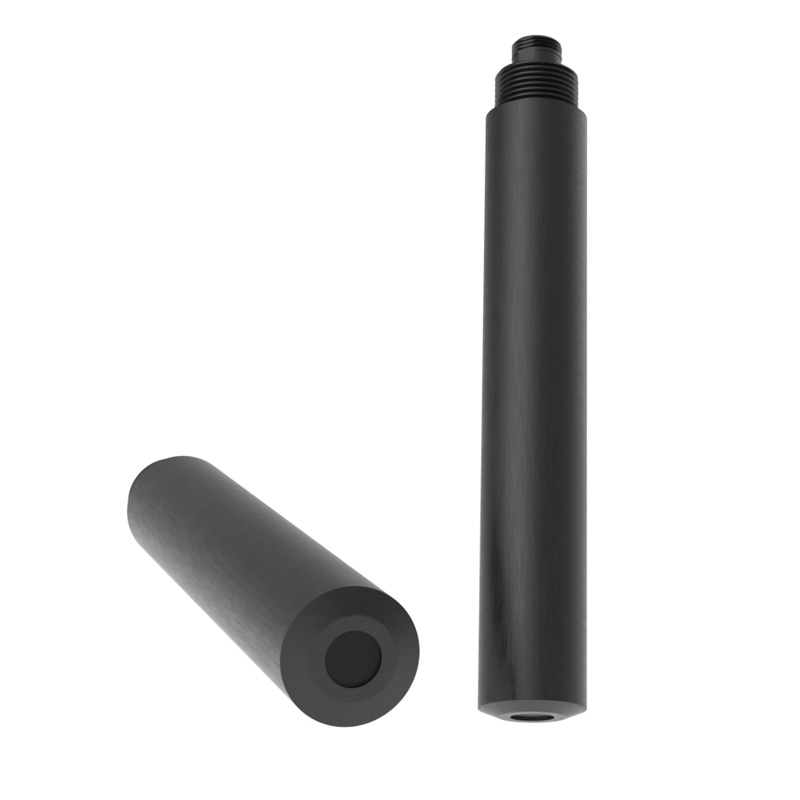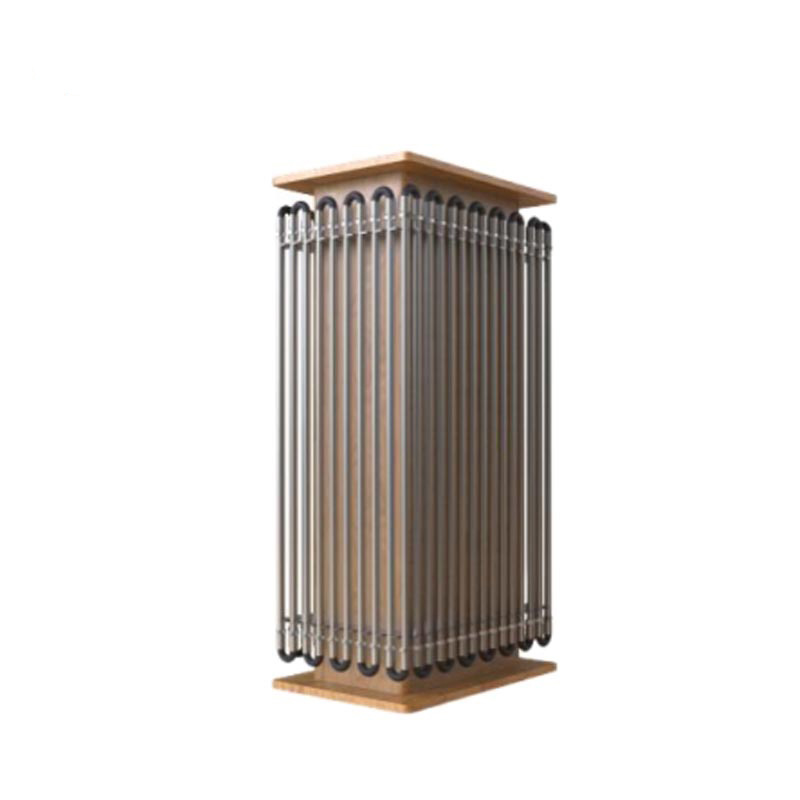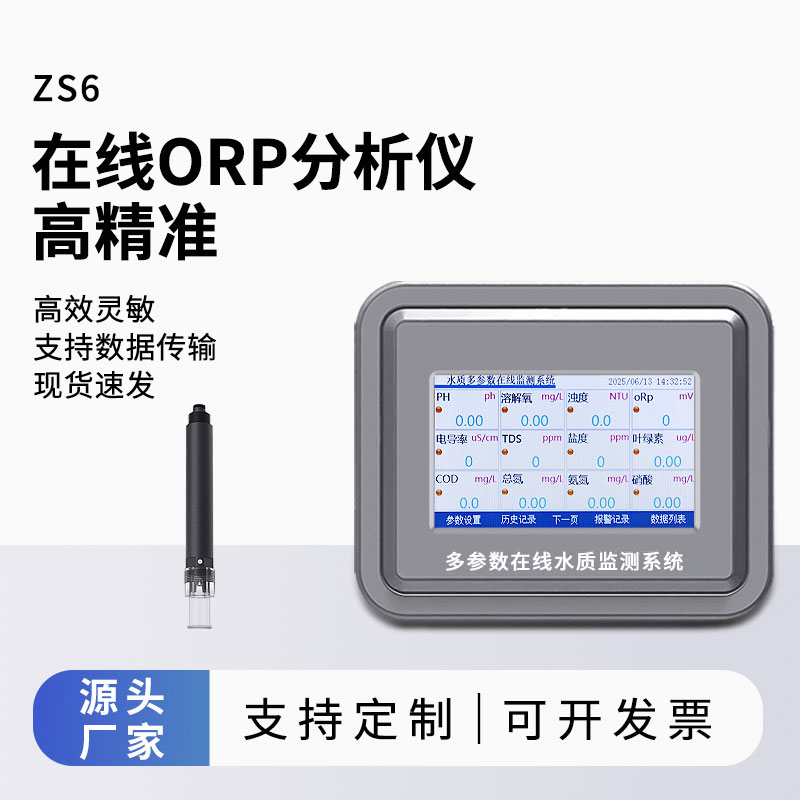The timing of crop sowing is closely related to air temperature and soil moisture. As old farmers often say, "farming depends on the weather," where "weather" here includes not only atmospheric conditions but also soil temperature and humidity. These factors directly influence seed germination.
Seeds require suitable temperatures to germinate, with different crops having specific optimal temperature ranges. For example, the ideal germination temperature for wheat seeds is typically 15–20°C, while corn seeds need a stable temperature above 10–12°C. If the air temperature is too low, seeds may enter dormancy, germinating slowly or not at all; excessively high temperatures can also inhibit germination.
Soil moisture is equally critical, as it determines whether seeds can absorb sufficient water to sprout. During germination, seeds need to absorb several times their own weight in water, which activates internal enzymes to hydrolyze nutrients into forms usable by the embryo. For instance, soybean seeds achieve the highest germination rate when soil relative water content is 60%–70%, with both insufficient and excessive moisture hindering normal germination.
Thus, understanding recent air temperature and soil moisture helps precisely identify the optimal sowing time.
Soil Moisture Monitoring System
This system uses sensors to measure soil temperature and humidity:
Temperature Sensing: Thermistors change resistance with temperature. For example:
Negative temperature coefficient (NTC) thermistors decrease in resistance as temperature rises.
PT100 platinum resistors have a resistance of 100Ω at 0°C, increasing by ~0.385Ω per °C.
Sensors buried at depths like 5cm and 10cm measure multi-layer temperatures, with regular calibration to ensure accuracy.
Soil Moisture Sensing: Mainstream methods include:
Time Domain Reflectometry (TDR) and Frequency Domain Reflectometry (FDR), which use electromagnetic pulses or high-frequency electromagnetic waves. Since soil with higher moisture has a greater dielectric constant, measuring wave reflection time or frequency shift calculates water content with high precision.
Data from sensors is recorded by a collector and wirelessly transmitted to a server. When temperature or humidity exceeds set thresholds, the system issues alerts, assisting farmers in scheduling irrigation, sowing, and other agricultural tasks.

This paper addresses:https://www.fengtusz.com/industry/773.html









